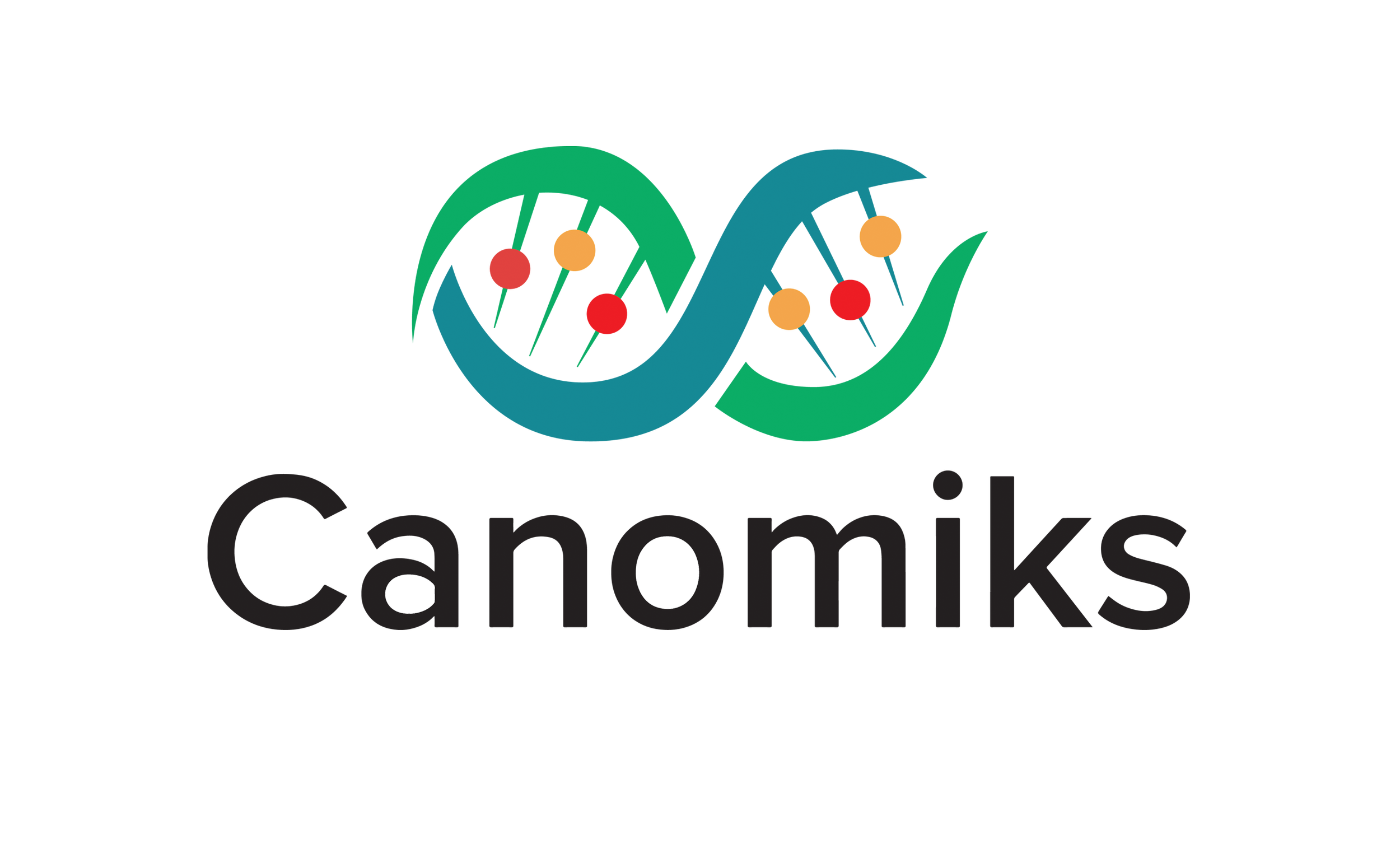Echinacea
Common Names: Eastern purple coneflower, purple coneflower, American coneflower, black susan, black sampson, comb flower, hedgehog, Indian head, Kansas snakeroot, narrow-leaved purple coneflower.
Latin Name: Echinaceae purpureae herba
Description
Echinacea is a species of flowering plant in the Asteraceae family. Echinacea pallida, echinacea angustifolia, and echinacea purpurea are the three echinacea species that are most frequently used for herbal medicines. Due to its possible immune-stimulating effects, Native American cultures have long used echinacea as a therapeutic herb to treat various ailments, such as infections, wounds, and snake bites. Echinacea supplements are frequently offered in tinctures, capsules, teas, and extracts, among other forms. The formulations may include various plant components, including roots, leaves, and flowers.
Health Benefits
Echinacea is often marketed as a natural remedy to support the immune system. It's believed that certain compounds in echinacea, such as polysaccharides, alkamides, and caffeic acid derivatives, can stimulate immune cells and enhance the body's defense mechanisms. Echinacea also contains compounds with potential anti-inflammatory and antioxidant properties with potential health benefits. There are conflicting results from studies on how echinacea supports the immune system and combats colds and other diseases. While other studies have not revealed appreciable results, others suggest that echinacea may offer small benefits in lowering the length and severity of cold symptoms
Side Effects
Consuming echinacea is generally harmless, although persons with certain allergies, health conditions or autoimmune diseases should proceed with caution. Potential negative effects from prolonged use or excessive consumption may include gastrointestinal distress, allergic reactions, or interactions with specific medications. Consult with a doctor before using any herbal supplements, especially if you have a history of health problems, disease, or are currently taking medication.
Sources
B. Barrett. Phytomedicine 10: 66–86 (2003) © Urban & Fischer Verlag. https://doi.org/10.1078/094471103321648692
Walsh P. Echinacea. Journal of Primary Health Care. 2018;10(3):280-281. doi:10.1071/HC15937
